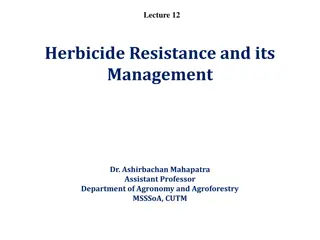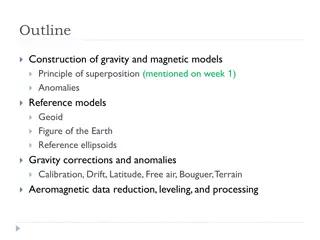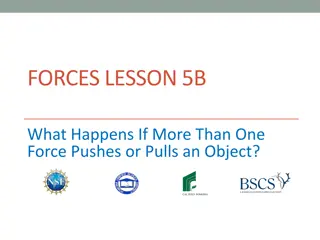Understanding Forces: Gravity, Air Resistance, and Parachutes
Explore the concepts of gravity, air resistance, weight versus mass, and how they relate to objects in motion. Discover how Sir Isaac Newton's discoveries shaped our understanding of forces, and learn how air resistance affects the speed of falling objects. Delve into the mechanics of parachutes and how they utilize air resistance to slow down descent. Engage in hands-on activities to understand these principles better.
Download Presentation

Please find below an Image/Link to download the presentation.
The content on the website is provided AS IS for your information and personal use only. It may not be sold, licensed, or shared on other websites without obtaining consent from the author. Download presentation by click this link. If you encounter any issues during the download, it is possible that the publisher has removed the file from their server.
E N D
Presentation Transcript
SPIRIT OF INNOVATION Spirit of Innovation Year Five STEAM RESOURCES PowerPoint Air Resistance
Gravity Recap Sir Isaac Newton discovered gravity about 300 years ago. The story is that Newton saw an apple fall out of a tree. When this happened he realised there was a force that made it occur, and he called it gravity. ? Gravity is a force of attraction. It is the Earth pulling on you and keeping you on the ground.
Weight or Mass? The weight of an object is the force caused by gravity pulling down on the mass. Mass is measured in grams and kilograms (g/kg) Weight is measured in newtons (N). Gravity Gravity The smaller the mass of the object, the less gravity it will have. The bigger the object's mass, the more gravity it will have. Mass always stays the same, while weight changes with changes in gravity. The weight of something is the value measured at the Earth's surface.
Air Resistance The mass of an object is important when learning about air resistance. Gravity is pulling the apple towards the centre of the Earth. All objects fall at the same rate only air resistance affects it s speed. Air resistance is a friction between air and an object. When the air pushes against the object it slows down. If you dropped a feather in a container with no air (a vacuum), it would drop as fast as a stone.
Air Resistance also known as drag Gravity At some point when falling, the friction from the air will equal the force of gravity and the object will be at a constant speed. This is called the terminal velocity. For a sky diver this speed is around 100 miles per hour! Air resistance https://www.bbc.com/bitesize/articles/zxw6gdm
How Does a Parachute Work? As the parachute opens the air resistance increases. The greater air resistance allows the parachutist to float to earth gently There are two forces acting on the falling object. Gravity Now the air resistance is more than gravity. Air resistance Gravity Here the gravity is more than the air resistance. Air resistance
How to make a parachute Choices of Materials: Paper cake case Water dispenser cone Yoghurt pot Plastic bag String Cotton Sticky Tape Blu Tack Plasticine Scissors Single whole punch Scales Method: 1. Decide upon the material that will be using for the parachute s canopy. 2. If necessary cut it to shape, cones and cake cases need not be cut. 3. Carefully pierce holes around the edge. Number of holes depend on the number of strings required 4. Thread the strings through each hole and fix with sticky tape. 5. Weigh out a piece of plasticine/blue tac. 6. Roll it into a ball and fix to the strings 7. Begin testing!
How does the size and the materials affect the speed of the parachute? How are we going to test the parachutes? How will we make it a fair test? How will we record the results? What do you think is going to happen?























